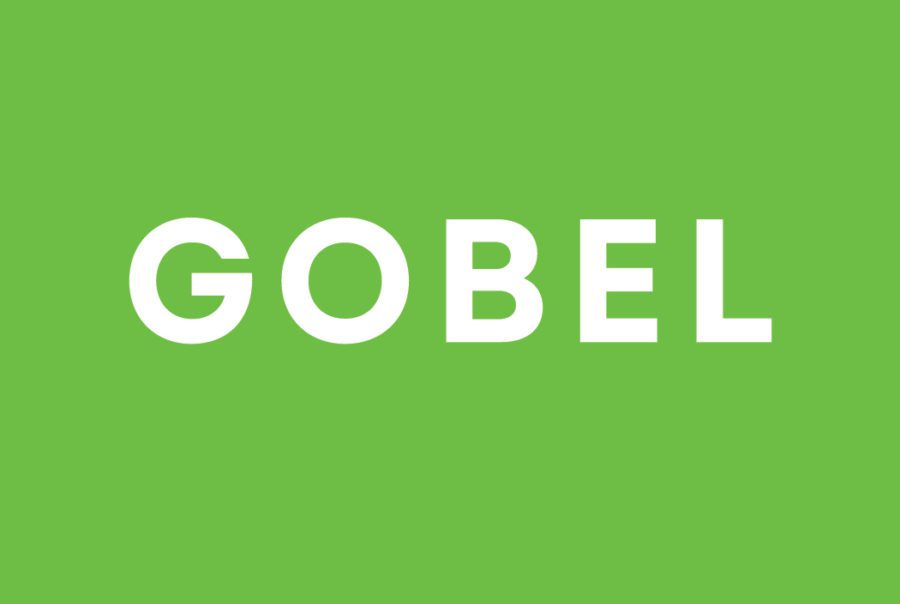
The Association of American Medical Colleges released its 2021 Development Survey Report on August 22, 2022. The annual survey of the organization’s member institutions measures the impact, costs, and staffing of fundraising at medical schools, teaching hospitals, and academic medical centers, and provides helpful insight into industry trends. While details of the data are available only to participating AAMC members, the full executive summary is available to the public and can be found here.
Here are five key takeaways from this year’s report:
- Overall giving was up in FY2021. The mean total private support for all reporting institutions increased by 2.5%, from $83.3 million in FY2020 to $85.3 million in FY2021. For private institutions, that trend was more pronounced, growing from $111.5 million in FY2020 to $116.1 million in FY2021. By that measure, private institutions are now raising more than they were prior to the pandemic, in FY2019. Meanwhile, public institutions saw a slight decrease, with a mean of $58.9 million in FY2020 to $57.8 million in FY2021. While much has been made of inflation essentially wiping out any increases in fundraising, the fact remains that the fundraising numbers are up, which in a challenging fundraising environment, is still good news.
- Much of that growth was driven by gifts of $1 million or more. Overall seven-figure outright cash gifts increased from 751 to 784, and new seven-figure pledge commitments increased from 932 to 1,1130. Of special note is the increase in gifts at the highest level. Pledges and outright gifts of $50 million or higher increased by 33% over FY2020. Private institutions saw a 100% increase in gifts and pledges of $50 million or higher when compared to FY2019 data.
- Overall number of donors is down. The fundraising industry overall has reported a drop in number of donors from FY2020 to FY2021, and the AAMC development data echoes that trend; the average number of individual donors reported in FY2021 decreased 5% from the FY2020 individual donor numbers. While growth at the top of the pyramid is great for the bottom line, the apparent shrinking of the American donor base is a largescale trend that fundraisers should be watching.
- Institutional giving was down. The mean total of dollars from institutions – corporations, foundations, etc. – decreased by 3.7% from FY2020 data. Average total gifts from corporations decreased by 11.7%, personal/family foundations decreased by .8%, other private foundations decreased by 3.5%, and donor-advised funds by 1.9%. This may be due to corporations stepping up in a big way in the early days of the COVID-19 pandemic, which would have been reflected in the previous year’s survey. But it bears noting that corporations are still responsible for 1/5 of all institutional fundraising dollars raised, even with the FY2021 decreases. How is your institution maximizing its corporate outreach?
- Healthcare philanthropy workforce remained largely flat. While the industry saw a flurry of job changes and departures during the pandemic, the FY2021 data shows that the average healthcare development staff remained stable at 48 FTEs, while the median increased to 32 FTEs in FY2021 from 31 FTEs in FY2020. Private institutions continue to have significantly larger staffs, and grew by an average of 4 FTEs in FY2021, while public institutions had staffs shrink by an average of 3 FTEs in FY2021. Based on data averages, the growth appeared to be in frontline positions as opposed to support staff.
GOBEL is proud to be the consulting partner for the 2021 AAMC Development Survey.
Is your fundraising organization working as efficiently as it could be? GOBEL can help. To find out more, email info@gobelgroup.com.
